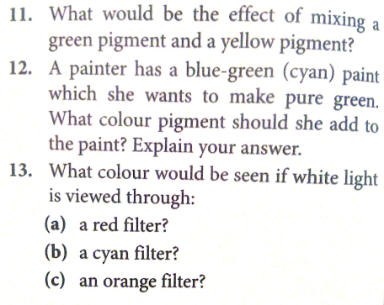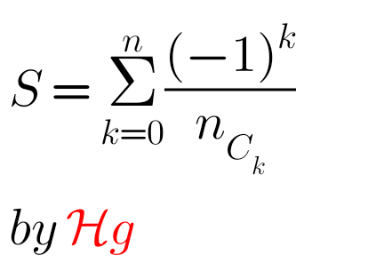
AlgebraQuestion and Answers: Page 254
Question Number 107484 Answers: 2 Comments: 0
Question Number 107483 Answers: 2 Comments: 0
Question Number 107454 Answers: 2 Comments: 0
Question Number 107438 Answers: 1 Comments: 0

Question Number 107761 Answers: 0 Comments: 2

Question Number 107385 Answers: 0 Comments: 7
Question Number 107352 Answers: 5 Comments: 0
Question Number 107313 Answers: 2 Comments: 0
Question Number 107262 Answers: 0 Comments: 0
Question Number 107242 Answers: 4 Comments: 0
Question Number 107234 Answers: 1 Comments: 0

Question Number 107117 Answers: 2 Comments: 0

Question Number 107073 Answers: 0 Comments: 0

Question Number 107033 Answers: 0 Comments: 0

Question Number 106941 Answers: 1 Comments: 0
Question Number 106943 Answers: 3 Comments: 1

Question Number 106907 Answers: 1 Comments: 0

Question Number 106906 Answers: 2 Comments: 0

Question Number 106816 Answers: 2 Comments: 1
Question Number 106794 Answers: 3 Comments: 0
Question Number 106745 Answers: 2 Comments: 8

Question Number 106730 Answers: 1 Comments: 0

Question Number 106727 Answers: 2 Comments: 0

Question Number 106774 Answers: 4 Comments: 0
Question Number 106659 Answers: 1 Comments: 0
Question Number 106655 Answers: 0 Comments: 1

Pg 249 Pg 250 Pg 251 Pg 252 Pg 253 Pg 254 Pg 255 Pg 256 Pg 257 Pg 258
